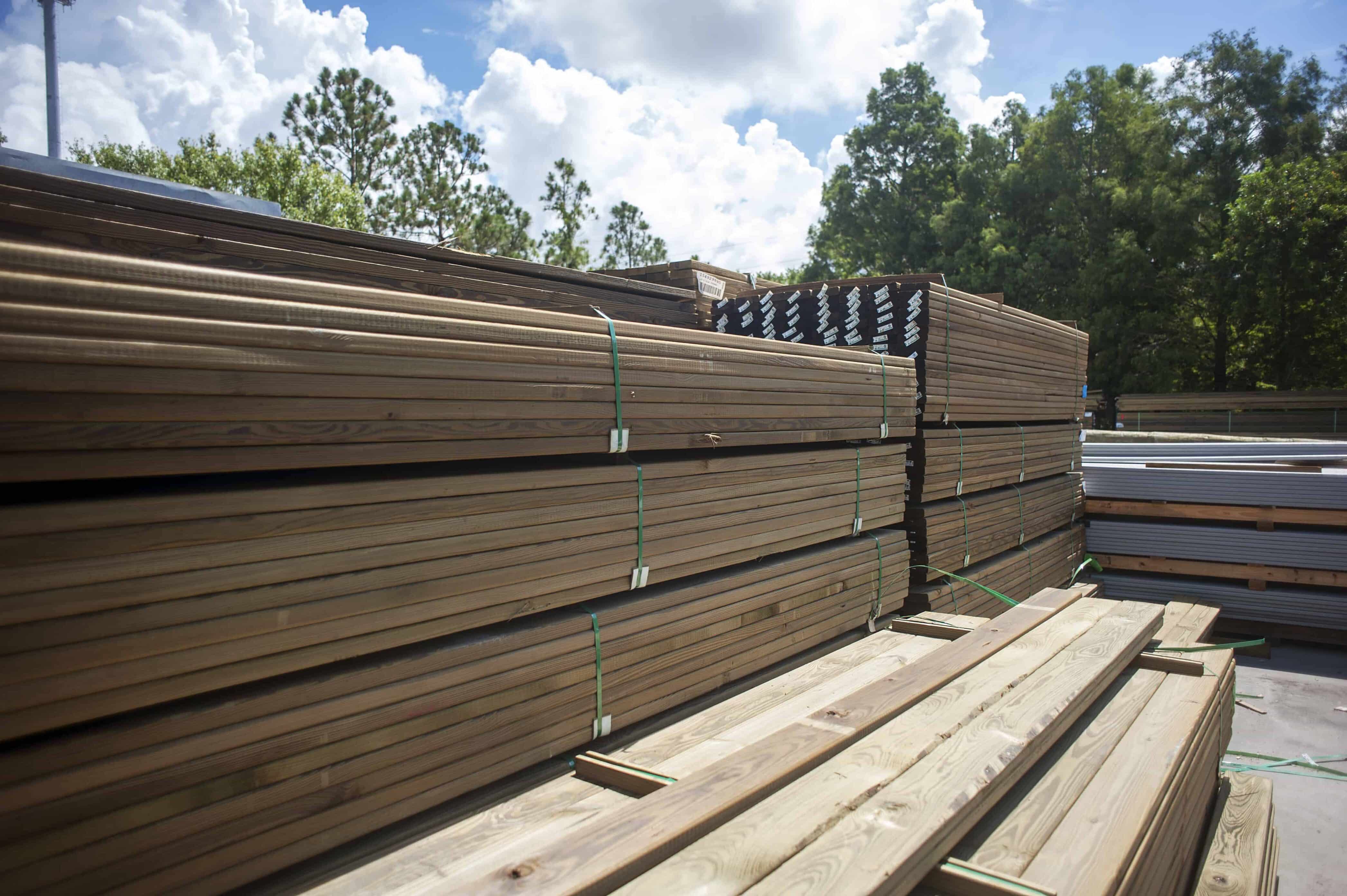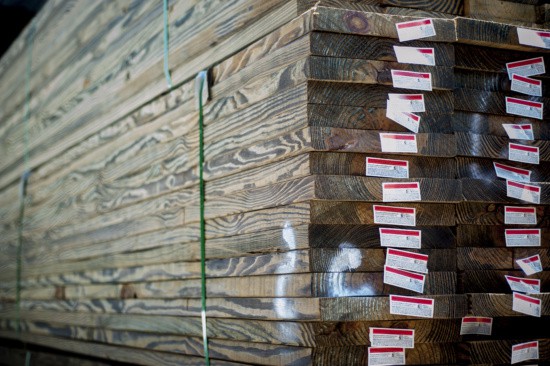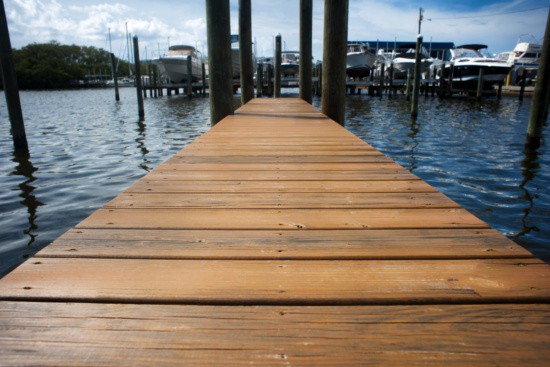
Does Pressure-Treated Wood Need to Be Sealed?
Does pressure-treated wood need to be sealed? The short answer is yes. While pressure treatment protects against insects and rot, sealing is necessary to protect the wood from moisture and mildew.
Softwoods like pine and cedar are the most commonly used deck-building materials in the United States. It’s easy to see why – they’re affordable, beautiful, and easy to work with.
But unlike hardwoods, softwoods aren’t very durable on their own. Untreated, pine is prone to splintering, rotting, and termites. That’s why as early as 2000 B.C.E., people have been attempting to preserve wood with whatever oils they could find.
Of course, we’ve come a long, long way since then. Today, pressure treatment methods are able to protect wood so that it remains rot-free and performs better for longer periods of time. Because it comes with this built-in protection, many homeowners wonder: does pressure treated wood need to be sealed? If so, when, and how often?
Read on to learn everything you need to know about sealing pressure-treated lumber.
What is Pressure Treated Lumber?
Pressure-treated lumber has been treated with chemical preservatives to help prevent rot and insect damage. Certain chemicals, such as the water-repellent CA-C (copper azole type C), also makes the wood suitable for ground contact, even in marine environments.
To infuse these preservatives, the wood is immersed and placed in a pressure chamber. The pressure forces the chemicals deep into the wood fibers, making them much more effective than if they were simply coated on the outside.
However, keep in mind that not all pressure-treated lumber is the same. Its durability depends on the chemical used and how much is absorbed into the wood. Pressure-treated lumber that’s designated for “above ground use” can be used for deck railings, but it shouldn’t touch the ground. For any part of your deck that comes in contact with the ground or is critical to the structure’s safety, make sure you’re using wood designated for “ground contact”.

Why Does Pressure Treated Lumber Need to Be Sealed?
Should I seal pressure treated wood? While the chemicals in pressure treated lumber prevent rot and ward off insects, they don’t prevent moisture from seeping into the wood. On a deck that’s going to be directly exposed to rain, water can seep into the boards and cause them to swell. As they dry in the sun, they’ll shrink. Over time, this constant cycle of swelling and shrinking will cause your deck to become cracked, splintered, and warped.
Sealing and maintaining your pressure-treated decking can help prevent this from happening. Additionally, a sealer can provide UV protection to slow the rate at which your deck’s color fades.
So while the pressure treatment process does provide a certain degree of protection, sealing your pressure-treated wood will help it to look better and last longer.
How to Seal Your Wooden Deck
Pressure-treated lumber is notoriously difficult to stain and seal compared with other decking materials, which is why some manufacturers actually used to advise against it. But today, most types of pressure-treated wood can be effectively sealed and protected – here’s how to do it properly so that the sealant adheres to the wood.
1. Know the right time to seal pressure treated wood.
Now that you know why it’s important to seal your deck, your first instinct may be to do it right away. But when it comes to enhancing your deck’s performance, the right timing is everything.
A newly built deck that uses pressurized wood will need time to dry completely before a sealer can be applied. The chemicals used to treat the wood leave moisture behind, and depending on the climate, it can take anywhere from a few weeks to a few months until it’s dry enough to seal.
Pro tip: “The bead test” is a simple way to check if your wood is ready to be sealed. Pour a small amount of water on your deck. If the water beads up, there’s still some moisture in the wood. If the deck absorbs the water, then it’s dry enough to be sealed.
2. Choose the right sealant.
If you want to show off the wood’s natural color, use a clear or semi-transparent oil-based sealant. If you want to change the color of your deck, you can use a combination stain and sealant. However, you shouldn’t attempt to seal pressure-treated wood that’s already been stained.
For pressure treated decks, we recommend Spa N Deck from Flood or Wood RX. The 100% acrylic finish formula can be applied in just one day, and the end result enhances the wood’s natural beauty while providing extra durability. You can find Spa N Deck at your nearest Decks & Docks location.
3. Prep your deck.
Make sure your deck is clear of debris before you start. If you’re sealing an older deck, you may need to pressure wash the surface to remove built-up dirt.
4. Apply the seal.
To begin with, apply a very small amount of the sealant to an inconspicuous area to make sure it adheres properly to the wood. Plus, you’ll also be able to see if you like the way it looks before you spend hours applying it to your entire deck.
Once you’re happy with the result, apply the rest using a paint pad applicator. Not only is this faster than using a brush, but it will also result in a more even appearance. Usually, only one coat is needed.
5. Let it dry.
Most deck sealers for PT lumber require 24 to 48 hours of drying time, so make sure there’s no rain in the forecast.

Maintaining Your Newly Sealed Deck
Maintaining your wooden deck is the best way to keep it looking it’s best for as long as possible. Cleaning your deck, keeping it algae-free, and applying a fresh coat of sealant once every year will help keep the wood from weathering and cracking.
With proper care, softwoods are an attractive, affordable, and durable decking option. Decks & Docks Lumber Company supplies premium-quality pressure-treated Southern Yellow Pine to homeowners and contractors in the Southeast US. Stop by or contact us online to learn more about the marine-grade decking materials we offer!
- About the Author
- Latest Posts
Brian has worked for Decks and Docks for over ten years. He worked his way up the ladder, started as our Wilmington Branch Manager, opening that store for us in 2013. Brian was then promoted to our first Regional Manager and oversaw six stores before being promoted to our Corporate Office as COO. His vast experience in our industry makes him a valuable asset to the team and to our customers.
